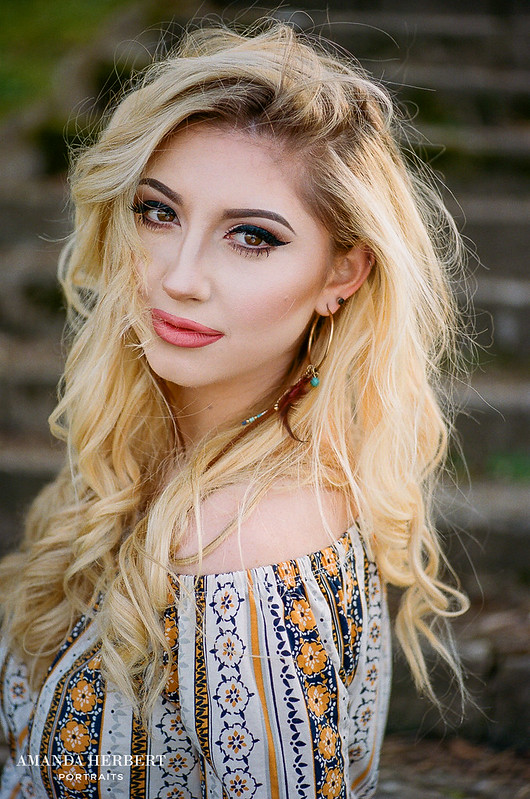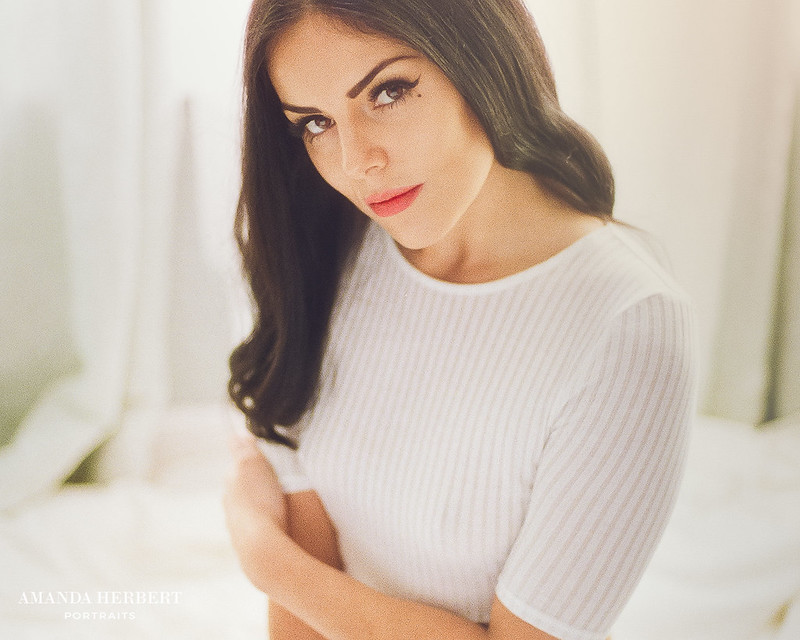As above - the ASA/ISO sensitivity rating of film is what it says on the box.
The ASA selector* on the camera jut tells the camera's meter what film you have put in it, so where it's 'coupled' to the shutter & aperture controls, it can 'balance' the exposure triangle for the metered light level for set aperture & shutter settings, or if you have coupled Automatic Exposure, set one or both for you.
Changing the ASA setting on the camera, then, wont change the actual film sensitivity, just the calculated exposure - which can useful for exposure compensation.
*I say ASA 'selector' - I do have a couple of old film cameras, where the ASA 'dial' doesn't actually do ANYTHING! It's just an aid memoir so that you can remember what film you have loaded when you look at a hand held meter to work out your settings! I think they were 'legacy' controls for the 'budget' versions of coupled meter cameras, where they didn't fit the metering components, but left the dial in place to save blanking it off!
That said, there is a technique known as 'Push/Pull' processing in film development. This does change the 'effective' film sensitivity, (of the whole roll). If you have a roll of say, 400ASA (box rated) film, you could expose it as 100ASA, 200ASA, 800ASA or 1600ASA in the camera; but then when you develop it**:-
"Pulling the Film" - If you ignored the 'box' rating of your 400ASA film, and exposed it as 100 or 200ASA, and then developed the film 'normally' to the instructions, you would get dense dark negatives, but, you could compensate for that by 'under-developing' the film; usually giving it less time in the developer solution, though can be done by using a more dilute concentration; and your negs come out lighter and less dense, closer to 'normal'.
"Pushing the Film" - If you ignore the box rating of your 400ASA film and exposed it as 800 or 1600ASA, and then developed the film 'normally' to the instructions, you would get very 'thin' light negatives, but again, you could compensate the other way, by 'over-developing' the film; usually giving it more time in the developer solution, or using a stronger concentration; and your negs come out darker and denser, closer to a 'normal;' exposure again.
** Way back when, as impoverished student; I used to buy bulk-lengths of cheap Croatian B&W or Slide film, box-rated at 400ASA. When high-street print film was about £3 a roll, bulk loaded slide film worked out about £1 a can; and I could home develop it in the kitchen sink, again, for about £1 a roll, rather than the £5 boots charged for a set of prints. Only 'niggle' was you got 20 rolls of film all of the same 'box' rating.. BUT, standardising on 400ASA, and using push/pull processing, I could rate any film, anywhere from 100 to 1600ASA, and it didn't cost me any more, which was handy, when 1600ASA Fuji (for low-light rock-gigs in the SU bar!) cost about £10 a roll! Just meant I had to label up the cans with masking tape, and carry a pencil to mark the ASA I actually shot each one at.... and hope the lable didn't fall off!
I used push-processing as an economic expedience; it was a heck of a lot cheaper than buying very fast film! But trade off was over-developing tended to dramatically increase 'grain' and increased contrast, and lost colour 'subtlety', compared to using box-rated film of the same speed. Looking back over some of those old photo's now; its quite apparent that the cheap film-stock I standardised on was far from wonderful to begin with, and pushing it that much only made it worse!
More usually, push/pull processing was offered by Pro-Labs as a 'recovery' for over-sight; if you had swapped films and forgotten to change the ASA selector, so exposed a roll of say 100ASA at the rating of the last film loaded, maybe 400ASA, they would 'push' it for you to 'correct' the mistake. High-Street labs, often suggested they could do the same, but changing the developing process for a single roll of film tends to mean a 'one-off' in a dev-tank, rather than through a dry-to-dry machine; so more often they would run it through at box rating, and add 'correction' when the negatives were printed, over or under exposing the print, relying on the 'exposure latitude' of the film to get a decent picture off it...
That again, 'exposure latitude' offered a bit more scope for correcting exposure in development, and 'cheating' the box sensitivity some more. Not possible with colour slide film, where the negative is your final positive image; but making prints from B&W, you could possibly 'push' a box-rated 400ASA film to the 'equivalent' of 3200ASA, with two-stops of 'push-process' in development, to get negs about a stop under-exposed, then under-exposing the print made from that neg to get that stop back.. but on cheap Croatian film stock and paper, by that point, pictures are becoming almost 'lithographic' Black OR White, rather than shades of gray 'mono-chrome!
All interesting stuff, and a lot of 'fun' to mess with, taking control in the dark-room.. which these days you don't even need, if you scan from neg. all you need for home development is a changing bag, developing tank & spiral, the correct chemicals for your film, maybe a thermometer if you are doing colour print or slide, a clock and a kitchen sink.
However; point is, the Box 'sensitivity ASA/ISO rating' of a film, is what it is; It's calculated from how much light is needed to make a silver halide crystal turn a 'mid-grey' of a certain size. the latitude and response curve of the film, around that mid-point then give you the 'dynamic range', and these are similarly fixed by the box rated sensitivity. Push/Pull processing, doesn't change that basic property of the chemicals, hence why push--processing increases grain & contrast and reduces colour subtlety, even though you can change the 'effective' rating in the results you get.
Interesting to note, IN DIGTAL, the ISO setting is not doing anything a lot different!
In a Digital 'sensor', light falls on a receptor, and you get an electrical 'signal' from it. So the ISO 'rating', just like for film, says what light level you need to get a 'signal' that represents a mid-grey pixel value. When you change the ISO setting on a digital camera, you don't ACTUALLY change the 'sensitivity' of the actual sensor.. that is what it is, like the box rating on a roll of film. I think for most cannon sensors that sensitivity is ISO80, on Nikon ISO100.. when you change the ISO setting, what the camera actually does, is change the 'gain' on the signal amplification... it turns up the volume for want of a better description, so the same 'threshold' signal value that represents a mid-grey pixel value, is achieved with less light... just like 'push-processing' a roll of film, making under-exposed silver halide crystals go darker! Only reason that t doesn't have the same drawbacks as push-processing, is that a 'pixel receptor' is a pixel receptor and unlike a grain of silver halide, its size doesn't change, while the electrickery looking at the receptor signal values to work out what the pixel values should be, can change the response curve to offer different contrast responses.... until the signal is so weak it 'struggles' to discern between different thresholds and you get 'noise' instead of grain.
 Amanda Herbert Photography by M@ndy, on Flickr
Amanda Herbert Photography by M@ndy, on Flickr

 Amanda Herbert Photography by M@ndy, on Flickr
Amanda Herbert Photography by M@ndy, on Flickr Amanda Herbert Photography by M@ndy, on Flickr
Amanda Herbert Photography by M@ndy, on Flickr Amanda Herbert Photography by M@ndy, on Flickr
Amanda Herbert Photography by M@ndy, on Flickr

 Amanda Herbert Photography by M@ndy, on Flickr
Amanda Herbert Photography by M@ndy, on Flickr Amanda Herbert Photography by M@ndy, on Flickr
Amanda Herbert Photography by M@ndy, on Flickr


 Untitled
Untitled Untitled
Untitled

